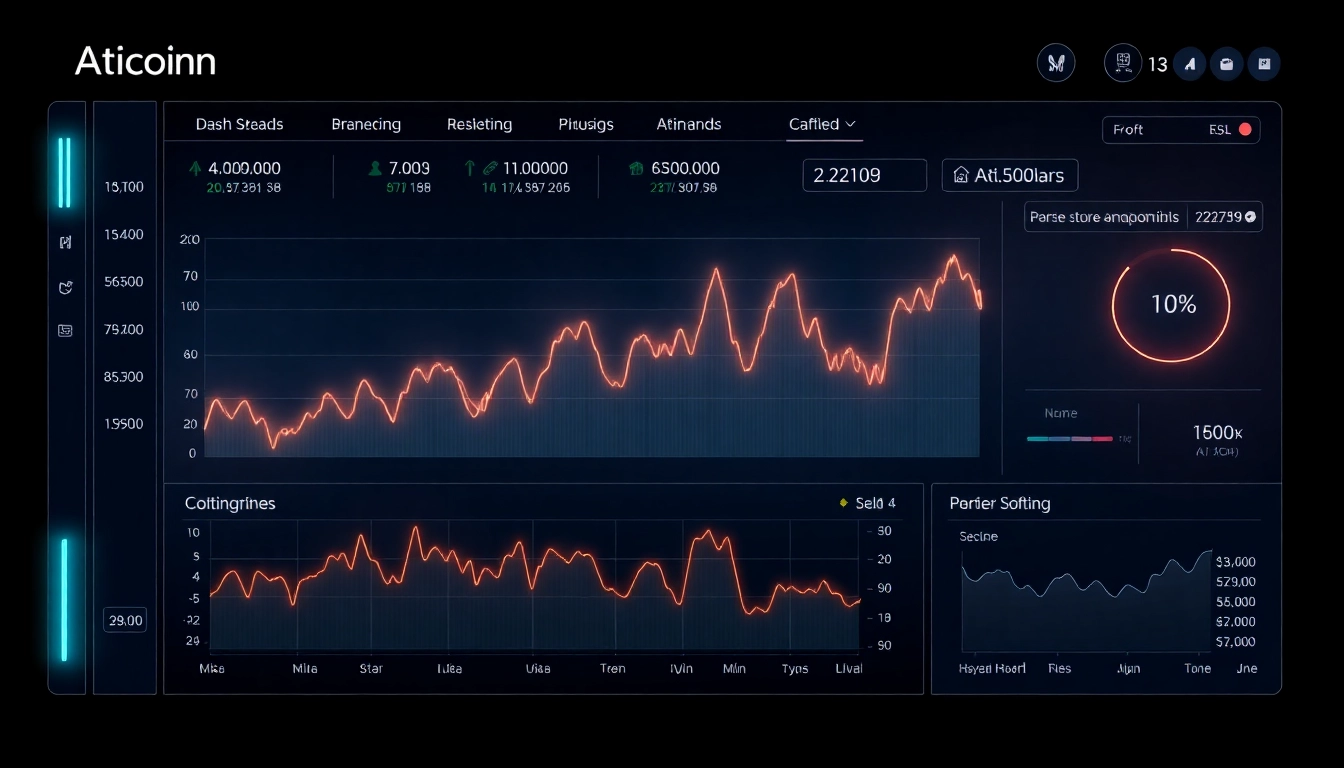
Understanding the Fundamentals of Group Health Insurance in Canada
In today’s competitive labor market, offering comprehensive employee benefits has become a strategic necessity for Canadian businesses. Among these benefits, group health insurance Canada stands out as a cornerstone of attractive and supportive employee packages. But what exactly constitutes effective group health plans, and how can organizations tailor these solutions to meet their unique needs? This section explores the core components, legal frameworks, and benefits that underpin successful group health insurance programs in Canada.
Core Components of Group Health Plans
Effective group health insurance plans typically encompass several essential elements designed to promote employee well-being and mitigate health-related costs. These include:
- Medical Coverage: This covers physician services, specialist treatments, hospital stays, and diagnostic tests, ensuring employees receive quality care without incurring significant personal expenses.
- Dental Care: Comprehensive dental coverage often includes check-ups, cleanings, fillings, and major procedures like orthodontics, facilitating dental health as part of overall wellness.
- Vision Benefits: Eye examinations, glasses, contact lenses, and sometimes LASIK procedures are included to support visual health.
- Disability and Critical Illness: Income replacement benefits in case of disability or serious illnesses, providing financial stability during recovery periods.
- Pharmaceutical Benefits: Coverage for prescription medications, including maintenance drugs and specialty pharmaceuticals, significantly reduces out-of-pocket expenses.
Beyond these core elements, innovative plans now incorporate wellness programs, mental health services, and supplementary benefits tailored to employee demographics and organizational culture.
Legal Requirements and Compliance in Canada
Canada’s legal landscape for group benefits is governed by federal and provincial regulations, which mandate certain disclosures, standards, and protections. Employers must adhere to legislation such as the Canada Labour Code and specific provincial laws like the Ontario Occupational Health and Safety Act. Key compliance considerations include:
- Providing clear benefit plan documentation and privacy notices.
- Ensuring non-discrimination policies in plan offerings.
- Complying with tax regulations related to taxable benefits.
- Offering essential benefits mandated by provincial health authorities.
Engaging experienced benefits advisors is crucial to navigate these complex requirements and design plans that are fully compliant, thereby avoiding legal pitfalls and ensuring smooth plan administration.
Benefits of Offering Group Health Insurance for Businesses
Implementing group health insurance yields profound advantages beyond attracting top talent. These benefits include:
- Enhanced Employee Satisfaction and Retention: Employees value health benefits highly, which boosts morale and reduces turnover.
- Improved Productivity: Access to timely healthcare minimizes absenteeism and promotes a healthier, more engaged workforce.
- Tax Advantages: Group benefits are often tax-efficient for both employers and employees, with premiums sometimes deductible as business expenses.
- Competitive Edge: Offering robust benefits differentiates your organization in the labor market, especially crucial for small and medium-sized enterprises.
- Risk Management: Protecting your team against unpredictable health costs stabilizes your business finances.
In today’s landscape, the value of comprehensive group health plans cannot be overstated as a strategic asset in organizational growth and sustainability.
Designing Custom Group Benefits Plans That Put People First
Assessing Your Team’s Unique Needs
The foundation of a successful benefits plan is understanding your workforce’s specific requirements. Conducting thorough employee surveys, focus groups, and data analysis helps determine the most valued benefits—be it mental health support, family coverage, or wellness incentives. Demographic factors such as age, industry, and geographic location also influence plan design, ensuring offerings are relevant and impactful.
Integrating Traditional and Non-Traditional Benefits
While traditional coverage like dental and prescription drugs remains essential, modern plans increasingly incorporate non-traditional benefits that resonate with employees’ diverse preferences. Examples include:
- Flexible Spending Accounts (FSAs) and Health Spending Accounts (HSAs)
- Wellness programs, including gym memberships or mental health apps
- Childcare benefits or eldercare support
- Financial planning and estate services
- Remote or hybrid work support if applicable
Blending these elements creates a holistic benefits ecosystem that appeals to a broader segment of your team.
Steps to Develop a Flexible and Personalized Plan
Building a benefits plan tailored to your organization involves:
- Needs Assessment: Gather insights through employee engagement and data analytics.
- Benchmarking: Compare industry standards and competitor offerings to stay competitive.
- Design & Customization: Collaborate with benefits advisors to select suitable options and flexible plan features.
- Implementation: Communicate clearly with employees, offering education to maximize utilization.
- Review & Adjust: Regularly monitor plan performance and employee feedback to refine the offerings.
This iterative approach ensures that your benefits evolve alongside your workforce and organizational goals.
Maximizing Opportunities in Employee Benefits Programs
Uncovering Hidden Cost-Saving Strategies
Many organizations overlook opportunities to optimize their benefits expenditure. Techniques include bulk purchasing, leveraging plan partner discounts, and negotiating better premiums based on claims history. Additionally, implementing wellness initiatives that prevent illness can reduce long-term healthcare costs.
Leveraging Health Spending Accounts and Wellness Programs
Health Spending Accounts (HSAs) enable employees to utilize pre-tax dollars for eligible medical expenses, offering flexibility and cost control. When paired with comprehensive wellness programs, these benefits foster proactive health management, lowering overall insurance claims and fostering a healthier workforce.
Measuring Plan Performance and Employee Satisfaction
Regular analytics and surveys gauge the effectiveness of your benefits plan. Key metrics include utilization rates, absenteeism reduction, employee engagement scores, and claims data analysis. Continuous improvement based on these insights ensures your benefits remain relevant and impactful.
Partnering with Experts to Optimize Your Benefits in Canada
Choosing the Right Benefits Advisor
An experienced benefits partner like Quinn Advisory Group brings industry insights, compliance expertise, and tailored solutions. Trusted by HR leaders across Canada, such advisors facilitate objective needs assessments, plan design, and implementation strategies that fit your organization’s unique context.
Implementing Seamless Plan Integration
Effective roll-out involves integrating benefits with existing HR systems, ensuring easy access, and providing staff training. A smooth transition minimizes disruption and encourages utilization.
Ongoing Support and Plan Enhancement Strategies
Benefits are dynamic; continuous monitoring, employee feedback, and regulatory updates necessitate regular plan reviews. A dedicated partner guides these adaptations, ensuring your benefits program remains competitive and aligned with organizational goals.
Trending Insights and Future Outlook for Group Health Insurance
Impact of Emerging Healthcare Trends in Canada
Advances such as telemedicine, AI-driven diagnostics, and personalized medicine are revolutionizing healthcare delivery. Incorporating these innovations into your benefits plan can improve access and reduce costs while meeting modern expectations.
Adapting Plans for Upcoming Regulatory Changes
Canada’s healthcare landscape is evolving, with potential policy shifts affecting coverage mandates, taxation, and privacy laws. Partnering with experts ensures your plan adapts proactively to regulatory developments.
Preparing for Innovative Benefits Solutions Ahead
Future benefits may include mental health stipends, virtual health hubs, and comprehensive well-being integrations. Staying informed about these trends positions your organization as a forward-thinking employer, attracting and retaining top talent.






